





WIN a romantic stay in Argyll


BEAUTIFUL SOUTH
Discover the delights of Dumfries & Galloway


















WIN a romantic stay in Argyll


Discover the delights of Dumfries & Galloway












How to tick several bucket-list boxes in one holiday





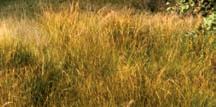

A celebration of the criminally good genre How a Campbell won the Bard’s heart






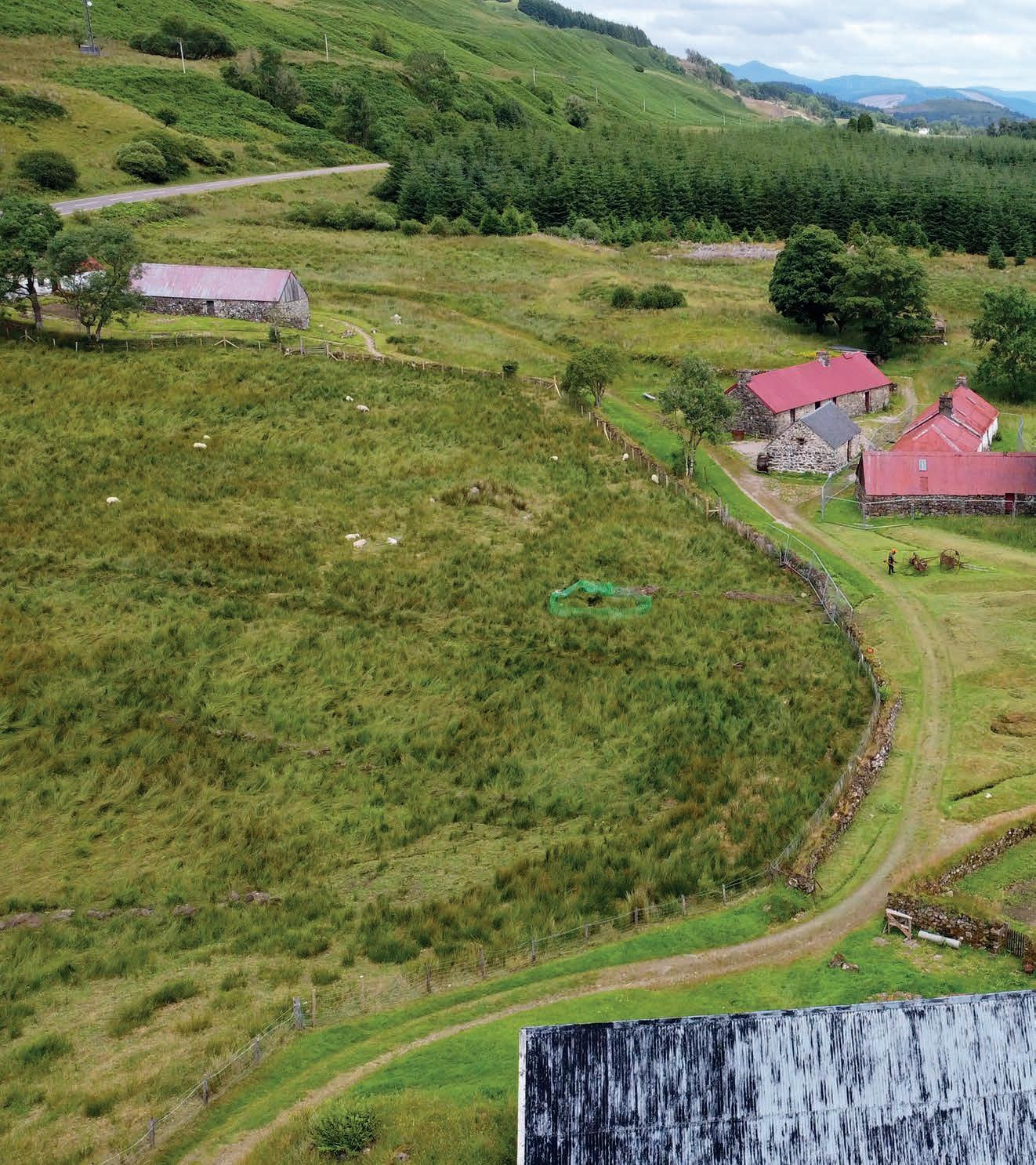
Highlanders help needed, a murder mystery explored and a new knitwear brand to watch
Scots and members of the Scottish diaspora are being urged to step in to help save a historic Highland township from being lost forever.
Auchindrain near Inveraray, Argyll, is the last example of the type of farming township that would have been common across Scotland before the Highland Clearances, say campaigners.
The township is currently run as a museum, but funding cuts mean that it’s at risk of becoming the latest victim of the Fuadaichean nan Gàidheal (the eviction of the Gaels).
The Friends of Auchindrain, a group of dedicated volunteers, argue that the township is as important a part of the Scottish historic landscape as Skara Brae in Orkney, or Culloden Battlefield, and have set up a campaign to help raise funds to secure its future.
“Millions of people around the world who have Scottish ancestry are descended from folk who lived and worked in townships just like Auchindrain,” says Bob Clark, director of Auchindrain Township.
“All the other original communities are gone or changed beyond recognition. Auchindrain is the only survivor. It’s the Stirling Castle of ordinary people.”
Anyone wishing to join the Friends of Auchindrain and help save this important historic site for future generations can email info@auchindrain.org.uk for more information. auchindrain.org.uk



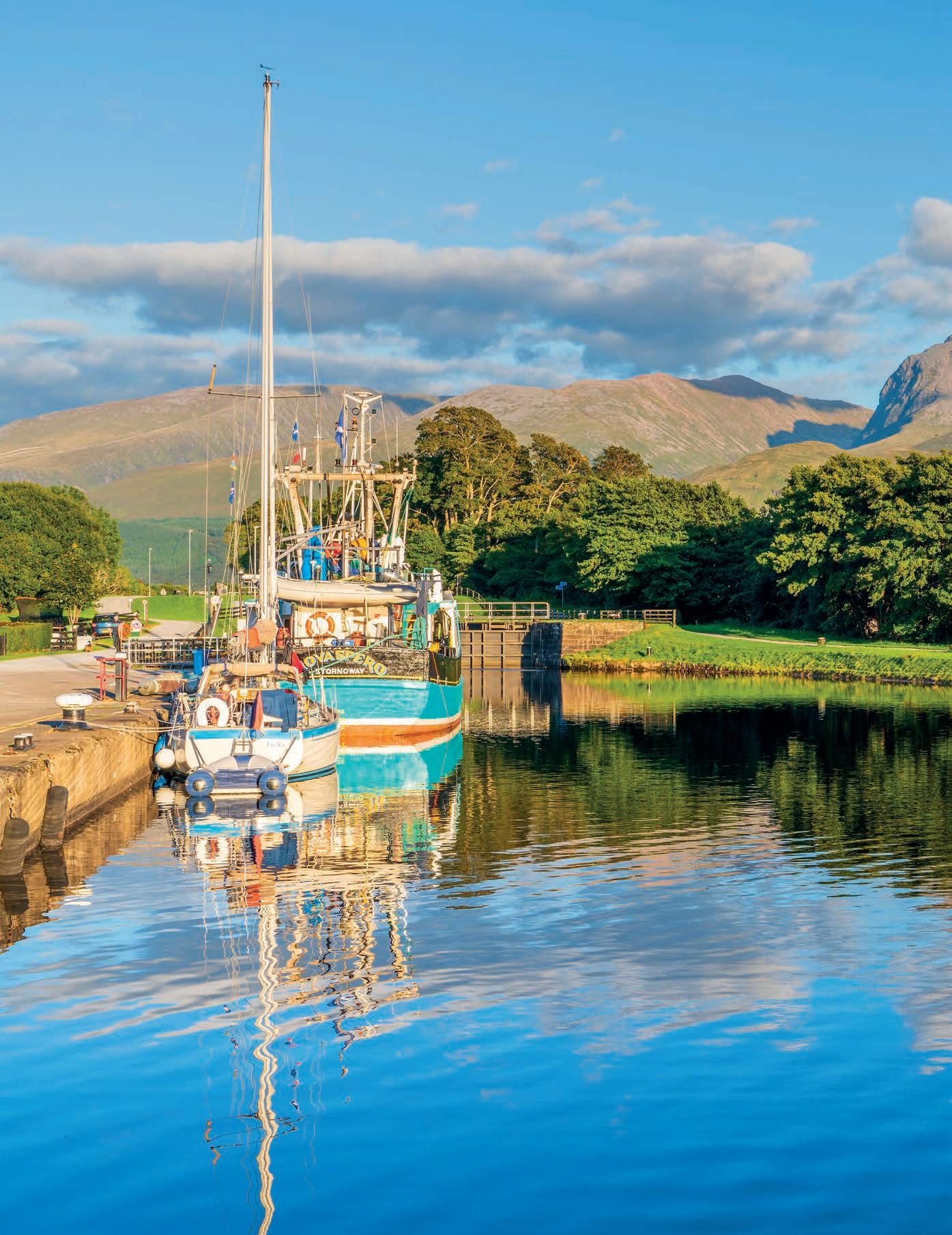

Our editor on why Fort William is the smart choice for holidaymakers looking to take in lots of Scotland’s most iconic sights during their stay
Words by SALLY COFFEY
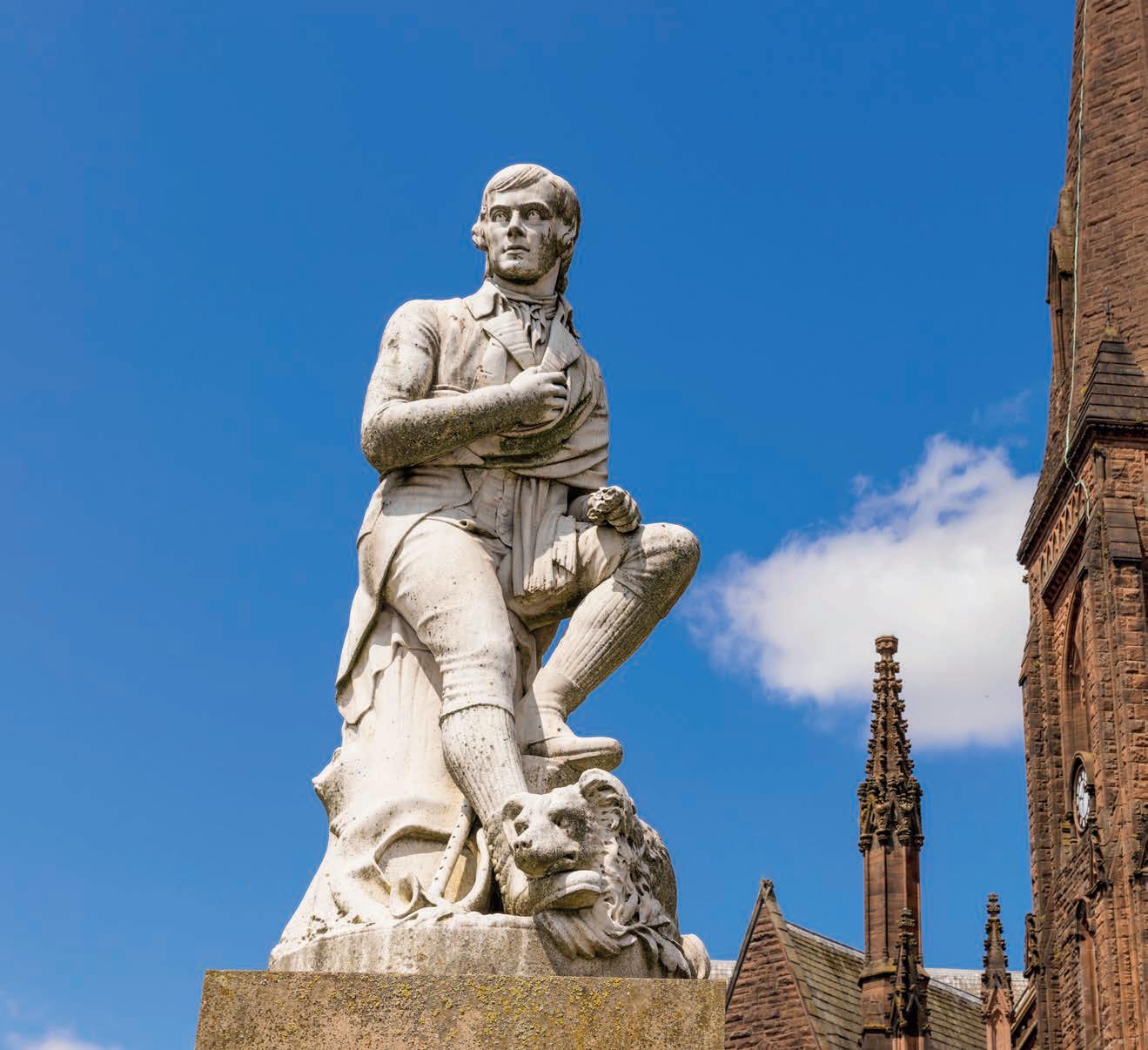

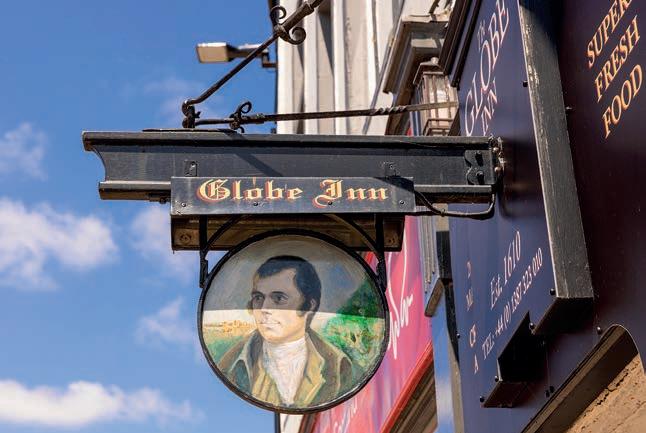


Words by SALLY COFFEY
As a new destination spa opens in the region’s main town, we look at some of the best reasons to visit southwest Scotland
Compared with other parts of the country, southwest Scotland is shamefully under-visited.
While there are diehard Robert Burns fans who come to follow in the Bard’s footsteps, venturing across the county border from his birthplace of Alloway to his final resting place of Dumfries (and lots of other sites in between), for the most part it’s a region that’s overlooked by visitors who are drawn instead to the headline-grabbing attractions of the Highlands.
But more fool them, for in Scotland’s southwest there’s a gentler, softer beauty than what’s found in the craggy hills of the northwest, which is just as worthy of your time.
From rolling fields and fertile farmland to ink-black skies, golden beaches such as at Brighouse Bay, and culturally rich towns and villages, there are lots of very good reasons to visit this corner of Scotland. Here are some of our favourites…
LEFT
TO RIGHT: Star-shaped shortbread comes in festive packs; Richard Walker is part of the fourth generation in the family business
Originating in the 12th century as a ‘biscuit bread’ made from leftover bread dough, what we know as shortbread is the result of much refinement over the years that saw it use butter (instead of yeast), flour and sugar, which provides the sweet taste we know and love today.
Seen as an expensive luxury, set aside for special occasions, such as Christmas, Hogmanay, and weddings, shortbread was fit for a queen. In the 16th century, Mary, Queen of Scots brought her French chefs to Edinburgh, and they baked a more delicate shortbread, including ‘petticoat tails’ (shortbread cut into triangles), of which the queen was particularly fond.
Her enjoyment of this treat is believed to have contributed significantly to the rise in popularity of shortbread in Scotland, which has endured ever since.
Walker’s is the biggest, most prestigious producer of shortbread in Scotland. An independent family-run business, it has been making luxury-based shortbread for well over a century and its brand is recognised the world over today.
With exclusive access to the factory, which sits along the banks of the River Spey in the wonderful Speyside village of Aberlour, I met Richard Walker, technical director at Walker’s Shortbread, who is responsible for driving product innovation, to find out more about this global sensation.
“I oversee the entire process to ensure Walker’s products are produced to the highest possible standards and quality, while meeting consumer demands and expectations,” Richard says. It’s a great responsibility I imagine, since it was Richard’s great-grandfather, Joseph Walker, who founded the Banffshire-based business in 1898.
Richard is part of the fourth generation of the family to run Walker’s – his nephew also works here and the family continues to uphold Joseph’s legacy and ambition to bake ‘the world’s finest shortbread’.
Joseph set up his shortbread business in a local village bakery, delivering his goods by horse and cart.
Remarkably, it has grown from those humble beginnings to become the large-scale company and internationally successful brand you see today, selling to more than 100 countries and producing some two-million shortbread fingers – Walker’s bestselling product – every day.
Besides classic fingers, Walker’s makes a wide variety of products. The core shortbread range includes Highlanders (round biscuits); triangles; chocolate chip; stem ginger;
Mary, Queen of Scots brought her French chefs to Edinburgh and they made ‘petticoat tails’, of which the queen was particularly fond
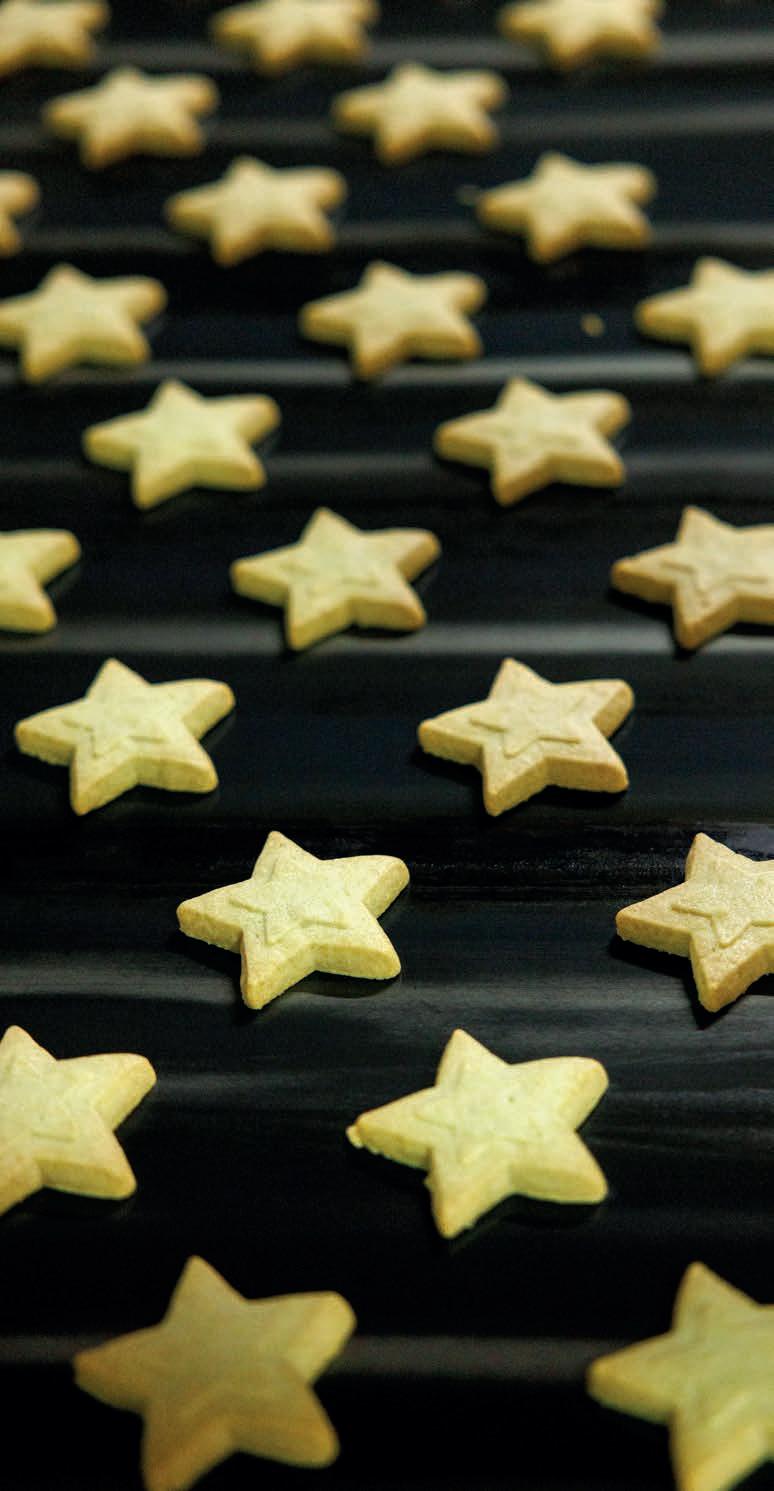






We go inside the Walker’s factory to learn all about the legacy of this iconic shortbread brand

We visit a Highland reserve where even when it feels like you’re doing nothing, you’re playing a part in positive change

Words by SALLY COFFEY